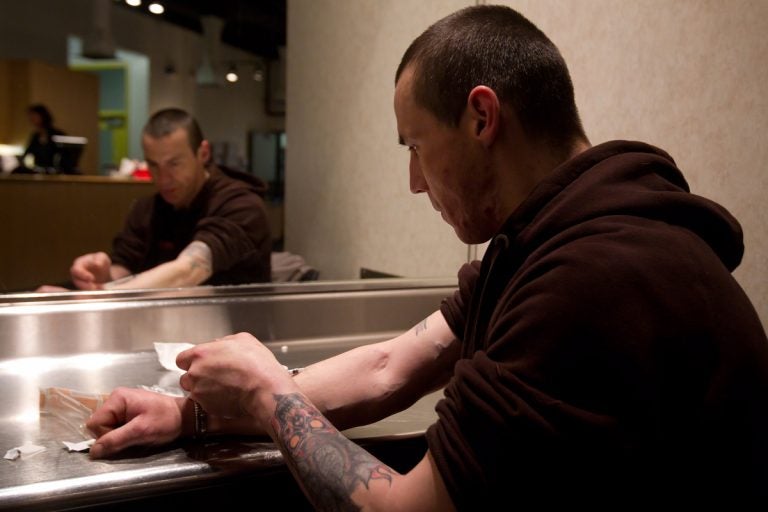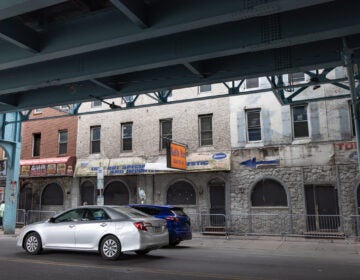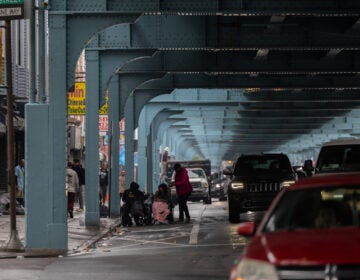Philly should say no to ‘safe-injection’ sites
We don’t need to enable drug addiction. We need to keep kids off drugs in the first place. We need to help addicts who want to stop using.

Richard Chenery injects heroin he bought on the street at the Insite safe-injection clinic in Vancouver, B.C., in 2011 (AP Photo/The Canadian Press, Darryl Dyck, file)
After Philadelphia saw 950 people die from overdoses through September of last year, the city wants to green light safe-injection sites.
Those are places where you can BYOD — bring your own drugs — and shoot up with medics nearby.
Advocates say safe-injection sites save lives by preventing overdoses. But, in my view, “safe” and “injection” are like oil and water. The two words just don’t mix.
Maybe safe-injection sites make sense in the world of lab coats and data samples. Maybe they make sense to my fellow journalists who consider themselves addiction experts after talking to some addicts in the ‘hood. But you’ve never gone hungry just to get that next high if you’ve never lived on streets where life is worth less than death.
Don’t tell me about safe injection.
Because I know from personal experience what it’s like to live a life for drugs. I did it for a few years in my 20s — and when God finally delivered me from crack cocaine, it wasn’t because someone opened a personal drug house just for me. I stopped because the pain of continuing was worse than the pain of letting go.
It’s been 21 years since the last time I got high, but I still remember the feeling of helplessness, the feeling that no one cared. Back then, no one did care. Now cops carry Narcan to save people from opioid overdoses. But cops didn’t carry anything to prevent overdoses for black people addicted to crack. Instead they carry handcuffs — to take us to jail.
So it’s interesting to see the city propose legal drug houses now that the complexion of addiction has changed. In Philadelphia in 2016, 62 percent of the 800 overdose victims were white. Most were young, most were male, and yes, those lives are valuable. But so are the lives of those still serving time for crack-related crimes, and so are the lives of the children who have yet to touch a drug.
What are we doing to prevent those children from going down that path?
Because while supporters of “safe-injection” sites claim that research backs their success, a 2007 study by Dr. Garth Davies not only questions their effectiveness, but also says they are foisted onto communities that are already overburdened.
“The distribution of safe-injection facilities is not random,” Davies writes in a study called “A Critical Evaluation of the Effects of Safe Injection Facilities.”
“Instead, they are normally parachuted into pre-existing cauldrons of social ills, the dynamics of which are exceedingly complex.”
In other words, you won’t see safe-injection sites in Society Hill brownstones, or Center City high rises, or Main Line mansions. You’ll see them in neighborhoods that are already struggling.
And wherever there are addicts, there are drug dealers and prostitution, illegal guns, and crime.
That’s why we don’t need to enable drug addiction. We need to keep kids off drugs in the first place. We need to help addicts who want to stop using. We need to make a city so beautiful that people choose life over drugs.
Say no to safe-injection sites. Because “safe” and “injection” are like oil and water. The two just don’t go together.
WHYY is your source for fact-based, in-depth journalism and information. As a nonprofit organization, we rely on financial support from readers like you. Please give today.





